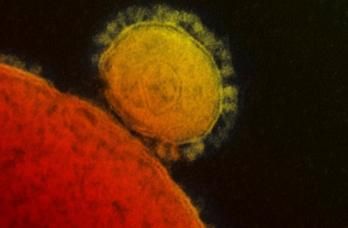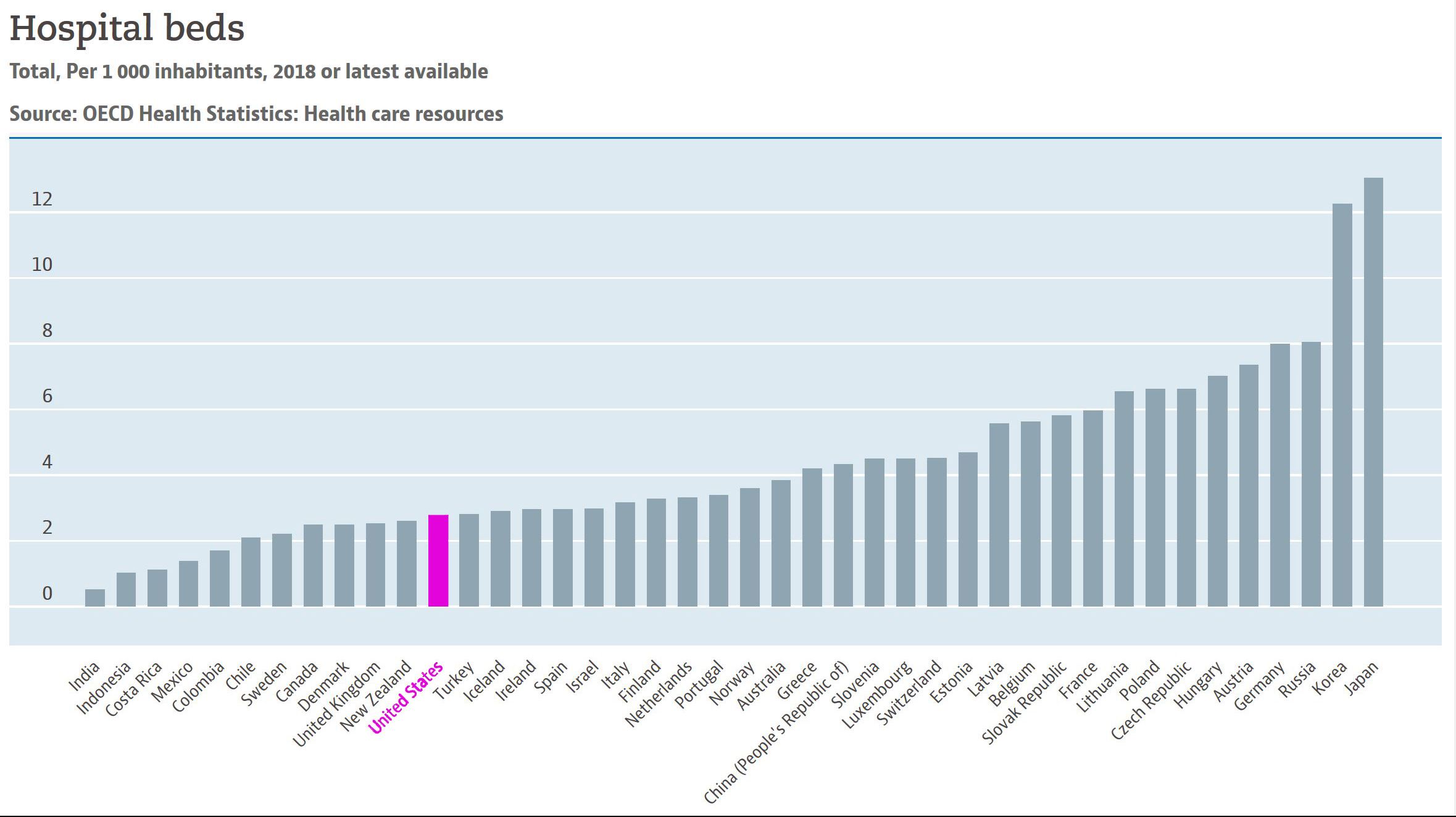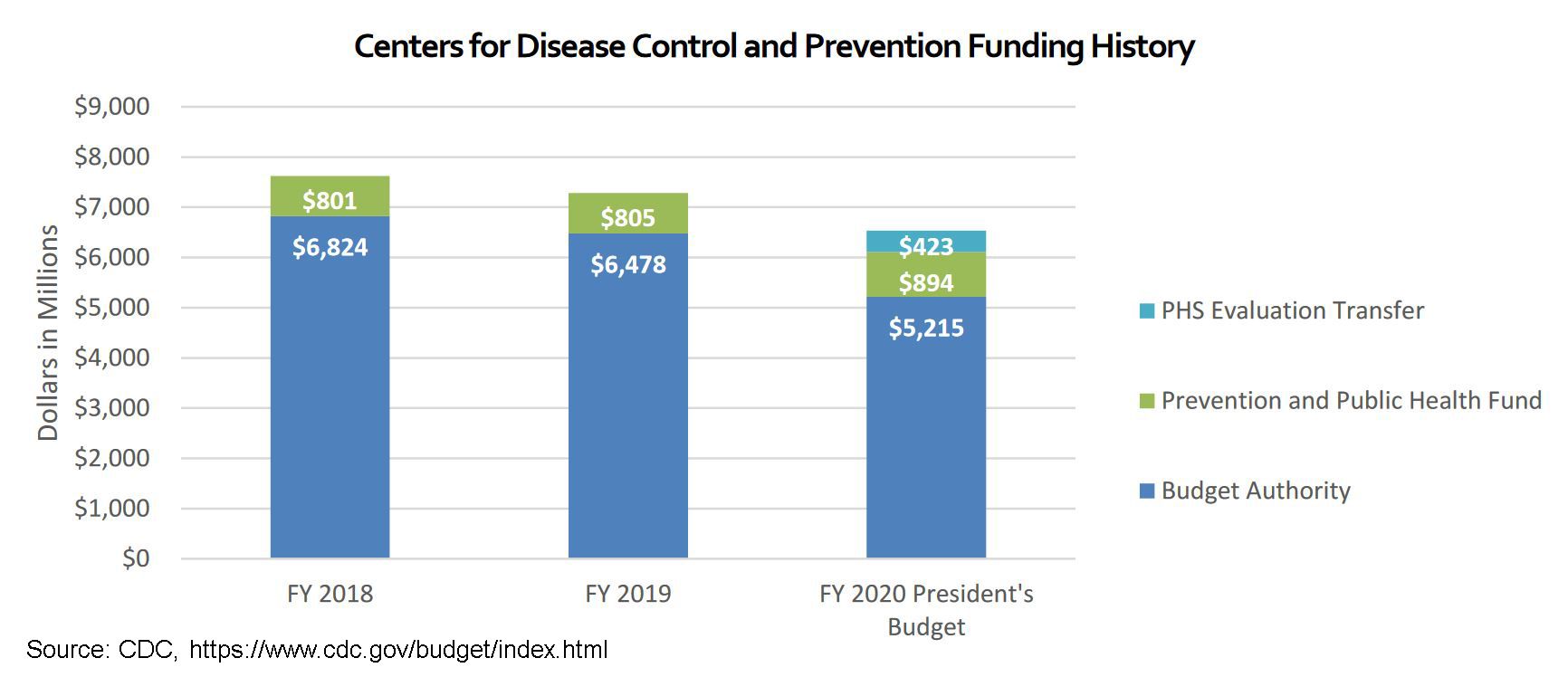We’ll Know We’ve Won the War Against COVID-19 When…
There are far too few trained staff assigned to infection control. IPs do not even have time to document and report infections let alone evaluate patients and conduct training.



Judging when we have won the war against the coronavirus is not as simple as setting a benchmark of having no positive tests for SARS-CoV-2 (the virus which causes COVID-19) in the United States for two or four consecutive weeks. Because SARS-CoV-2 is an RNA virus, genetic drift may well occur which changes its viral capsule. Similar to the coronavirus which causes the common cold, vaccine production will be challenging at best. The virus has already jumped to the Southern Hemisphere. In all probability, it will be back in the Fall. The 1918 Spanish flu epidemic, a devastating second wave of infections wreaked havoc on the United States. And if these dire predictions do not occur and I hope they do not, we will certainly be hit with another novel virus in the future which creates similar risks.
The good news is that we have the technology and know-how to confront and substantially mitigate these epidemics. What we have lacked is the willpower to implement this knowledge. We will have won when the following takes place:
1. When we no longer neglect stockpiling needed equipment and supplies.For more than a decade our National Strategic Stockpile of personal protective equipment has not been replaced. In 2009, 85 million N95 masks were used to confront the N1H1 epidemic, they were not replaced. We currently have 12 million N95 masks available with another 5 million which are out-of-date.1We have critical shortages of protective equipment for healthcare workers, but with concerns of asymptomatic spread of COVID-19 the public also should have them to prevent an asymptomatic wearer from spreading the virus. Nurses in Washington State are currently trying to make their own masks and the US Centers for Disease Control and Prevention (CDC) has issued guidance to use scarves and bandanas as a last-ditch resort.
2. When we have a national public reporting laboratory infrastructure for all dangerous pathogens.Currently, we have a patchwork of laboratory systems in place with lack of a comprehensive public reporting. We do not even have national data for five of the six pathogens which the CDC defines as “Urgent.”2Only Clostridioides difficileis mandatorily reported on a national basis. The others (Carbapenem-resistant Acinetobacter,Candida auris, Carbapenem-resistant Enterobacteriaceae, and Drug-resistant Neisseria gonorrhoeae) are not. I believe we could have implemented mass testing and efficient early identification of the CONVID-19 pathogen, if we had as part of our infrastructure, a highly developed and integrated laboratory and reporting system throughout the nation.
3. When we have enough trained and supported infection preventionists (IPs).There are far too few trained staff assigned to infection control. IPs do not even have time to document and report infections let alone evaluate patients and conduct training. The answer is not to curtail reporting activities but to obtain more staff. As we have seen in the COVID-19 epidemic, data for action is of utmost importance and lack of data can be disastrous.
All healthcare workers need support. This includes the provision of workers’ compensation benefits for exposure to infectious diseases. Some workers do not even have paid sick leave but similar to a firefighter being injured on a job or policeman who is wounded, IPs who acquire work-related infections should receive workers’ compensation benefits.
IPs are critical for hospitals and also for nursing homes where lax infection control regulations and practices have led to disastrous results.3
4. When we have developed more respect for infectious disease.The most important intervention to prevent transmission of almost any pathogen is handwashing. For dangerous pathogens, handwashing should be viewed as a backup measure, since these dangerous pathogens should not be on a healthcare worker’s hands in the first place. This is true for MRSA, where handwashing alone will probably stop less than two thirds of contamination of worker clothes.4Handwashing alone is unlikely to stop an epidemic. We need to invest more resources to stop dangerous pathogens.
5. When we have improved and larger physical plants to service patients.The United States has very few hospital beds per capita compared to other industrialized nations. According to the Organization for Economic Co-operation and Development, we have 2.8 beds per 1000 individuals. Italy has 3.2 beds and Japan 13.2 beds. Our number of beds has even gone down from the previous year.5We are also facing critical shortages of ICU beds and ventilators. In some regions of Italy, even with more beds, patients over 80 years of age are no longer candidates for intensive care or ventilatory support.6We need facilities that have only private rooms and we must have redundancy built into our system. We also need support for environmental services, negative airflow rooms and centralized sterilizing systems for the ventilated air.
6. When we have redundancy in our healthcare facilities.In between epidemics we need to have employed staff with little to do and empty hospital beds. No one would ever question not having an army in bases ready to meet external threats or firefighter at their station waiting for a fire. But in healthcare this is labeled as “waste.” Similar to not having strategic supplies and equipment stockpiled waiting to be used, we need redundancy in our healthcare facilities.
7. When our leaders stop politicizing public health and rely on scientists to make public policy.Throughout a history of epidemics there has been a desire for governments to avoid accountability. This has led to the mitigation of dangers and lack of transparency in the number of fatalities and infections which have occurred.7We need to come together as a nation and stop using the terms “Republican” and “Democrat.” This neglect of our infectious disease infrastructure has occurred over decades. We need to fund epidemic response task forces and overseas response teams so epidemics do not reach our shores. The CDC’s funding needs to have increased not decreased. The 2020 CDC funding proposal was to decrease funding by 10%.8
8. When we have healthcare, that is centered on patients and not on profits.We have to stop running a lean system and build a healthcare infrastructure so we can adapt and effectively confront future waves of this epidemic. We need universal healthcare; this is both a moral imperative and in our own self-interest. We all live in the same fishbowl.
When the healthcare system meets all of these goals then I would consider it has won. If we are unable to rapidly transform our system and correct these flagrant deficiencies, then the worse projections from the Imperial College projections of 2.2 million United States citizen fatalities may come to pass.9
References:
1. Beth Reinhard and Emma Brown. Face masks in national stockpile have not been substantially replenished since 2009. Washington Post. March 10, 2020. https://www.washingtonpost.com/investigations/face-masks-in-national-stockpile-have-not-been-substantially-replenished-since-2009/2020/03/10/57e57316-60c9-11ea-8baf-519cedb6ccd9_story.html
2. Antibiotic Resistance Threats In The United States 2019 https://www.cdc.gov/drugresistance/pdf/threats-report/2019-ar-threats-report-508.pdf
3. COVID-19 in a Long-Term Care Facility – King Country, Washington. Feb. 27 to Mar 9, 2020. Morbidity and Mortality Weekly Report. Centers for Disease Control and Prevention. Vol. 69 March 18, 2020. https://www.cdc.gov/mmwr/volumes/69/wr/mm6912e1.htm?s_cid=mm6912e1_w
4. Roghmann MC, Johnson JK, Sorkin JD, Langenberg, P, Lydecker, A, Sorace, B, Levy L, and Mody L. Transmission of MRSA to Healthcare Personnel Gowns and Gloves during Care of Nursing Home Residents. Infect Control Hosp Epidemiol. 2015 September ; 36(9): 1050–1057. doi:10.1017/ice.2015.119 . https://pubmed.ncbi.nlm.nih.gov/26008727/
5. OECD-Economic Co-operation and Development. Hospital Beds. https://data.oecd.org/healtheqt/hospital-beds.htm
6. Di Blasi E. Italians over 80 'will be left to die' as country overwhelmed by coronavirus. The Telegraph. March 14, 2020. https://www.telegraph.co.uk/news/2020/03/14/italians-80-will-left-die-country-overwhelmed-coronavirus/
7. Kavanagh K. Collective ignorance and government timidity are public health threats. Los Angeles Times. May 16, 2019. https://www.latimes.com/opinion/op-ed/la-oe-kavanagh-epidemics-health-public-policy-20190516-story.html
8. Centers for Disease Control and Prevention. Budget. 2020. https://www.cdc.gov/budget/index.html
9. Ferguson NM, et al., Impact of non-pharmaceutical interventions (NPIs) to reduce COVID-. 19 mortality and healthcare demand. Neil. 2019. Imperial College. https://www.imperial.ac.uk/media/imperial-college/medicine/sph/ide/gida-fellowships/Imperial-College-COVID19-NPI-modelling-16-03-2020.pdf
Back to Basics: Hospital Restores Catheter-Associated UTI Rates to Prepandemic Baseline
June 16th 2025A 758-bed quaternary medical center slashed catheter-associated urinary tract infections (CAUTIs) by 45% over 2 years, proving that disciplined adherence to fundamental prevention steps, not expensive add-ons, can reverse the pandemic-era spike in device-related harm.